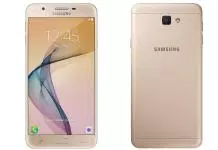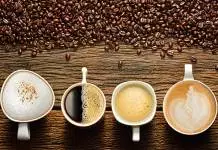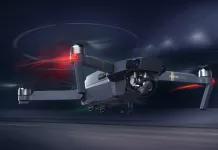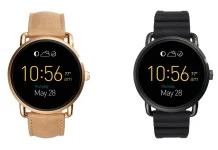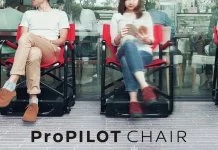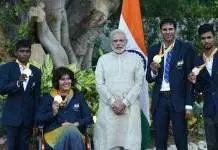The team of engineers from Columbia University is developing a three-dimensional (3D) food printer for the home usage which is going to revolutionize how to eat.
With the help of the computer guided programming software, this 3D food printer can fabricate the edible items and the actual cooking of edible pastes, gels, powders, and liquid ingredients. All these in this prototype looks similar to the coffee machine.
HOD Lipson from University of Columbia in US says “Food printers are not meant to replace conventional cooking, but they will not solve all of our nutritional needs, nor cook everything we should eat.”
Cockroach Milk to be the Next Generation Super Food
Adding to this Lipson said “But they will produce an infinite variety of customised fresh, nutritious foods on demand, transforming digital recipes and the essential ingredients supplied in frozen cartridges into healthy dishes that can supplement our daily intake.”, “I think this is the missing link that will bring the benefits of personalised data-driven health to our kitchen tables - it is the ‘killer app’ for 3D printing,”.
This 3D printer is placed out with a robotic arm which holds the eight slots for the frozen food cartridges. The team is currently working on incorporating an infrared heating element into the arm.
According to the Lipson, this 3D food printing is the universal technology which is having the great potential to revolutionise the lives by enabling us to design and manufacture the things with extraordinary freedom.
“If we can influence this technology to allow the artificial intelligence tools for designing and creating new things, we can achieve vast potential,” said Lipson.
India Ban adding food additive “Potassium Bromate” which leads to Cancer
The team is joining up with New York’s International Culinary Center (ICC) for creating new and different kind of food with a focus on the textures, combinations and the arrangements of the ingredients which are not even currently available to chefs.
Hervé Malivert, ICC’s director of food tech, says “These printers improve, it will be exciting to see where we can go with these machines. For instance, I think they will be very useful in the area of health and nutrition, especially in nursing homes and hospitals”.


